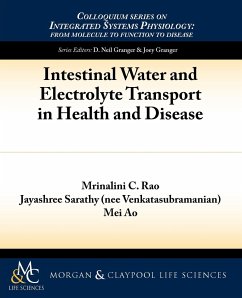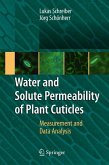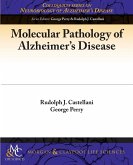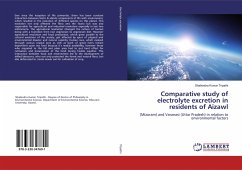The unique architecture and physiology of the mammalian intestine, together with a tightly coordinated regulatory system, allows for the handling and absorption of as much as 9 L of fluid a day with 98% or greater efficiency. Advances in the past 40 years have made inroads into revealing the intricacies and interplay of numerous ion transporters and their modulators that are responsible for intestinal electrolyte and water transport. Studies of two devastating diseases, the virulent infectious disease cholera and the autosomal recessive disease cystic fibrosis, were largely responsible for this information explosion. These advances have been critical in the development of new therapeutic strategies to combat life-threatening diseases of varying etiologies ranging from enteric infections to cystic fibrosis and inflammatory bowel diseases. Yet, the story is far from complete, and progress needs to continue on translating information gained from reductionistic cell and tissue culture models, in vivo models, and ultimately human studies and on improving therapeutic approaches. This book reviews the current status of our knowledge of fluid transport across the intestine, including the complexities of transcellular and paracellular ion transport down the length of the intestine and how aberrations of normal physiological processes lead to disease. Table of Contents: Overview / Epithelial Cell and Tissue Architecture / Principles of Transepithelial Electrolyte and Water Movement / Intestinal Architecture and Electrolyte Transport / Electrolyte Transporters--Pumps, Carriers, and Channels / Water Transport / Regulation / Intestinal Disorders and Advances Toward Better Treatment of Intestinal Disorders / Conclusion / References








